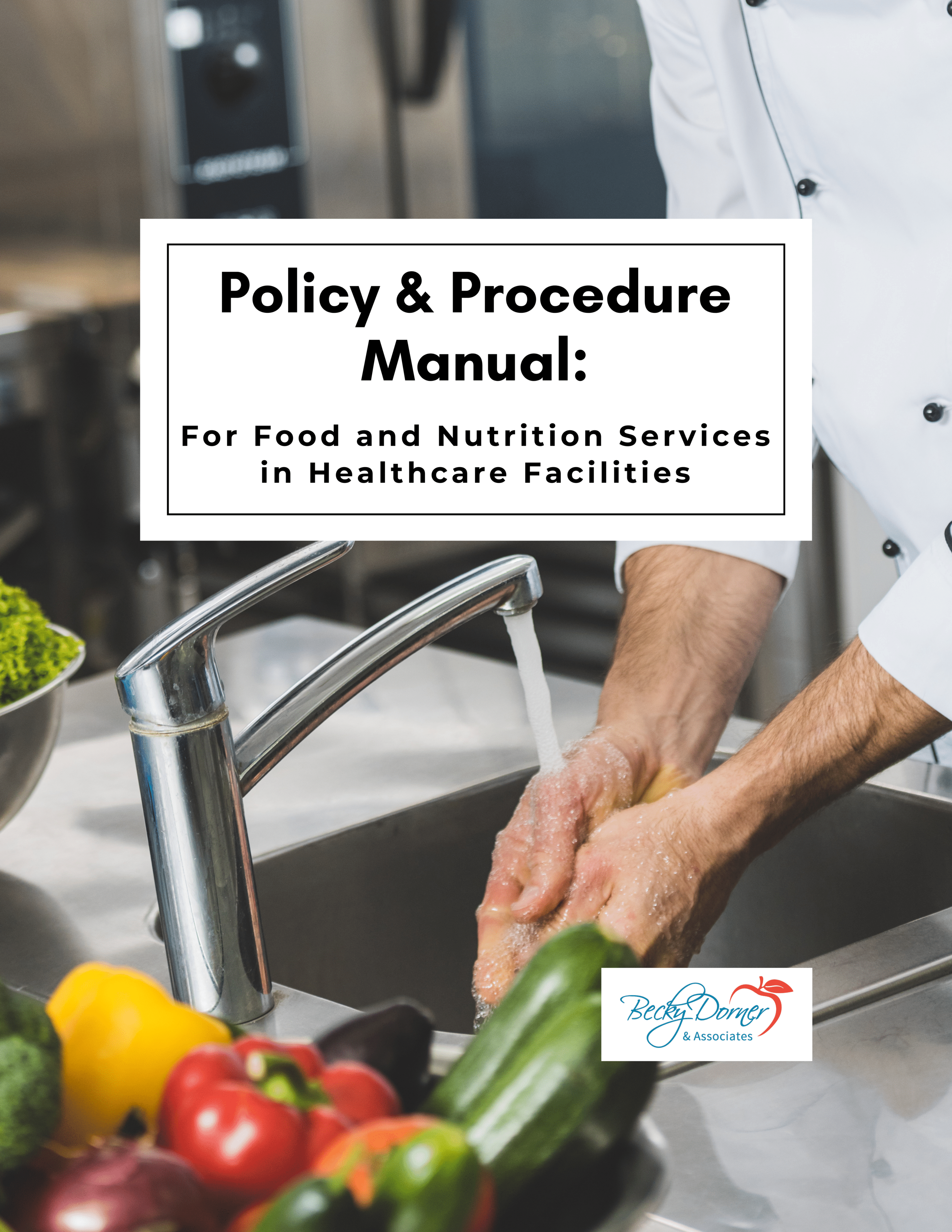Taking Accurate Temperatures
Helpful instructions on how to take accurate temperatures including: how to choose the right thermometer, how to calibrate bimetallic thermometers, how to take temperatures with metal stem thermometers; minimum cooking, holding and reheating temperatures of various foods; minimum food temperatures and holding times for reheating foods for hot holding, plus a sample food temperatures form and a Sample CCP Documentation Form.

Free Temperature Chart!
Order our Policy & Procedure Manual and save time and money!
Use Product Date Labeling to Keep Food Safe & Reduce Food Waste
In an effort to reduce food waste, the US Department of Agriculture’s (USDA) Food Safety and Inspection Service (FSIS) provides information on food product date labeling, including new guidance to provide clear and consistent information on how to use the date labeling on foods.
Keeping Food Safe During an Emergency: General Guidelines
Did you know that a flood, fire, national disaster, or the loss of power from high winds, snow, or ice could jeopardize the safety of your food? Knowing how to determine if food is safe and how to keep food safe will help minimize the potential loss of food and reduce the risk of foodborne illness. This fact sheet will help you make the right decisions for keeping your family safe during an emergency.
Food Safety During a Power Outage
Refrigerated Food and Power Outages: When to Save It and When to Throw It Out
As the USDA notes in Keeping Food Safe During an Emergency, your refrigerator will keep food safe for up to 4 hours during a power outage. Keep the door closed as much as possible. Discard refrigerated perishable food such as meat, poultry, fish, eggs, and leftovers after 4 hours without power.
Frozen Food and Power Outages: When to Save It and When to Throw It Out
A full freezer will hold a safe temperature for approximately 48 hours (24 hours if it is half full and the door remains closed). Food may be safely refrozen if it still contains ice crystals or is at 40°F or below, however, its quality may suffer. Never taste food to determine its safety. Use this chart as a general guide.

Minimum Cooking, Holding and Reheating Temperatures
Use this handy chart to assure proper food safe temperatures for cooking, holding and reheating temperatures.
Order our Policy & Procedure Manual and save time and money!

Suggested Water Requirements Needed for Emergencies
Order our Policy & Procedure Manual and save time and money!


